Home>Furniture & Design>Interior Design Trends>Why Is The Collection Of Sea Glass Illegal
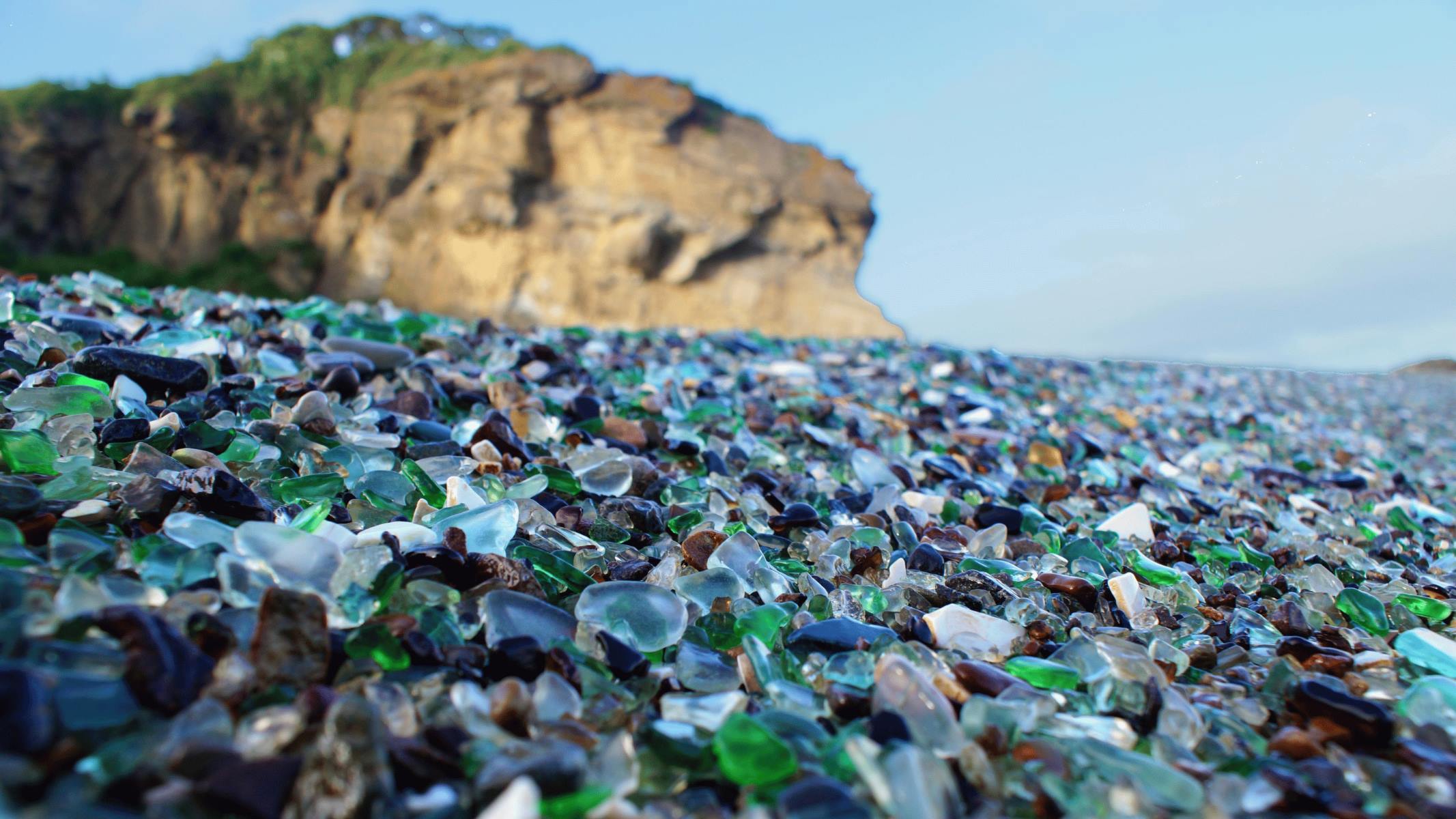

Interior Design Trends
Why Is The Collection Of Sea Glass Illegal
Modified: August 17, 2024
Discover the latest interior design trends and find out why the collection of sea glass is illegal. Explore the intersection of style and environmental conservation.
(Many of the links in this article redirect to a specific reviewed product. Your purchase of these products through affiliate links helps to generate commission for Storables.com, at no extra cost. Learn more)
Introduction
Sea glass, with its smooth, frosted appearance and vibrant hues, has captivated beachcombers and collectors for generations. Each piece tells a story of its own, having weathered the tumultuous tides and sands of time. However, the allure of sea glass has sparked a contentious debate regarding its collection and preservation. This article delves into the fascinating world of sea glass, exploring its history, environmental impact, legal regulations, and alternative ways to appreciate its beauty.
The shimmering fragments of sea glass, also known as beach glass or mermaid's tears, are formed from discarded glass objects that have been tumbled and polished by the ocean over many years. What was once a discarded bottle, jar, or vessel has been transformed into a treasure, adorning shorelines with its iridescent charm. The origins of sea glass can be traced back to ancient maritime activities, where glass bottles and containers were casually discarded into the sea, only to be transformed by the relentless forces of nature.
As the popularity of sea glass collecting has surged, concerns about its environmental impact have come to the forefront. The delicate balance of coastal ecosystems and the preservation of natural beauty are at stake, prompting a closer examination of the consequences of mass collection. Furthermore, legal regulations governing the collection of sea glass vary across different regions, adding a layer of complexity to this age-old pastime.
In light of these considerations, it is essential to explore alternative ways to appreciate the beauty of sea glass without contributing to environmental degradation. By understanding the history, environmental impact, and legal aspects of sea glass collection, enthusiasts can make informed decisions and actively participate in the preservation of coastal ecosystems.
The journey into the world of sea glass is a captivating one, filled with stories of transformation, environmental consciousness, and the enduring allure of nature's treasures. As we delve deeper into the history, environmental impact, legal regulations, and alternative ways to enjoy sea glass, we gain a deeper appreciation for this shimmering legacy of the sea.
Key Takeaways:
- Collecting sea glass can harm beaches and marine life. Instead, try making art, meditating, learning, and cleaning up with others to appreciate sea glass responsibly and protect the environment.
- Sea glass has a rich history and can be enjoyed in many ways. From creating art to joining beach clean-ups, there are fun and mindful ways to cherish sea glass while caring for our oceans.
Read more: How To Collect Sea Grass
The History of Sea Glass
The history of sea glass is a testament to the enduring relationship between humanity and the sea. Its origins can be traced back to ancient civilizations, where the vast oceans served as both a source of sustenance and a repository for discarded objects. The transformation of ordinary glass into the coveted sea glass we admire today is a result of centuries of natural processes and human interaction with the marine environment.
In ancient times, glass was a precious commodity, crafted with skill and artistry. However, the disposal of glass objects, such as bottles, jars, and tableware, into the sea was a common practice. These discarded items embarked on a remarkable journey, subjected to the relentless forces of the ocean. The waves and currents became agents of change, tirelessly tumbling and smoothing the glass fragments over time.
The true proliferation of sea glass can be attributed to the industrial revolution, which led to the mass production and consumption of glass products. As coastal communities burgeoned and maritime activities flourished, the sea became a vast receptacle for discarded glassware. The once utilitarian objects were cast adrift, setting in motion a process of metamorphosis that would span decades.
The tumultuous events of history, including wars, maritime trade, and the rise of consumer culture, further contributed to the abundance of sea glass. The remnants of shipwrecks, naval battles, and coastal settlements became entwined with the ocean's transformative powers, birthing a kaleidoscope of colors and shapes along the shorelines.
In the modern era, the allure of sea glass has transcended its utilitarian origins, evolving into a cherished symbol of coastal beauty and resilience. Beachcombers and collectors are drawn to the enigmatic allure of sea glass, each piece bearing the indelible marks of its journey through time and tide.
The history of sea glass is a testament to the enduring interplay between human activity and the natural world. It embodies the transformative power of the sea, turning discarded fragments into treasures that evoke a sense of wonder and nostalgia. As we marvel at the iridescent hues and smooth textures of sea glass, we are reminded of the profound connections between human history, the ocean, and the enduring legacy of nature's artistry.
The Environmental Impact of Collecting Sea Glass
The allure of sea glass has sparked a surge in its collection, drawing enthusiasts to coastal shores in search of these shimmering treasures. However, the act of collecting sea glass, when done irresponsibly and on a large scale, can have significant environmental repercussions. It is essential to understand the potential impact of this activity on coastal ecosystems and the delicate balance of marine environments.
One of the primary concerns surrounding the collection of sea glass is its effect on the natural habitat of coastal areas. Beaches, which serve as crucial ecosystems for various flora and fauna, are often the primary hunting grounds for sea glass enthusiasts. The disturbance caused by extensive collecting can disrupt the delicate balance of these ecosystems, leading to the erosion of beaches and the depletion of natural habitats for marine life.
Furthermore, the act of removing sea glass from beaches can contribute to the alteration of sediment composition and beach dynamics. The removal of these weathered glass fragments can disrupt the natural processes of sand movement and beach replenishment, potentially leading to erosion and habitat degradation. This, in turn, can impact the nesting grounds of shorebirds and the foraging areas of marine creatures, further exacerbating the ecological consequences of sea glass collection.
In addition to the physical impact on coastal environments, the mass collection of sea glass can also lead to a depletion of this finite resource. As the popularity of sea glass continues to grow, the demand for these coveted fragments has increased, prompting collectors to scour beaches more intensively. This heightened demand, coupled with the finite nature of sea glass, raises concerns about the long-term sustainability of this activity and its implications for coastal ecosystems.
Moreover, the accumulation of non-biodegradable waste, such as plastic bags and containers, often accompanies the fervent pursuit of sea glass. This inadvertent littering further compounds the environmental impact of collecting sea glass, contributing to pollution and posing risks to marine life.
As we navigate the complexities of sea glass collection, it is imperative to recognize the potential environmental consequences of our actions. By fostering a deeper understanding of the delicate balance of coastal ecosystems and the finite nature of sea glass, enthusiasts can embrace responsible practices that prioritize the preservation of natural habitats and the sustainable enjoyment of this coastal treasure.
Legal Regulations on Sea Glass Collection
The collection of sea glass, while a beloved pastime for many, is subject to a myriad of legal regulations aimed at preserving coastal ecosystems and maintaining the delicate balance of marine environments. These regulations vary across different regions and are designed to mitigate the environmental impact of sea glass collection while ensuring the sustainable enjoyment of coastal treasures.
In certain coastal areas, the collection of sea glass is governed by specific laws and regulations that restrict or prohibit the removal of natural materials, including glass fragments, from beaches and shorelines. These measures are implemented to safeguard the integrity of coastal habitats and protect the nesting grounds of shorebirds and other marine wildlife. By imposing limitations on the collection of sea glass, authorities seek to mitigate the potential disruption of beach ecosystems and the depletion of this finite resource.
Furthermore, legal frameworks often address the broader issue of beachcombing and the removal of natural artifacts from coastal environments. While sea glass may be a focal point of beachcombing activities, regulations encompass a wide range of natural materials, including shells, rocks, and driftwood. The overarching goal is to promote responsible and sustainable practices that respect the ecological significance of coastal landscapes and minimize the impact of human activities on these fragile ecosystems.
In some jurisdictions, the designation of protected areas and conservation zones extends to beaches and coastal regions, imposing strict regulations on the collection of sea glass and other natural artifacts. These protected areas serve as vital sanctuaries for diverse marine life and are essential for the preservation of coastal biodiversity. By enforcing regulations that limit or prohibit sea glass collection in these designated zones, authorities aim to safeguard the ecological balance and natural beauty of these coastal enclaves.
It is important for enthusiasts and collectors to familiarize themselves with the specific legal regulations governing sea glass collection in their respective regions. By adhering to these regulations and embracing responsible practices, individuals can contribute to the preservation of coastal ecosystems and the sustainable enjoyment of sea glass. Awareness of legal frameworks and environmental considerations is paramount in fostering a harmonious coexistence between human recreation and the conservation of natural habitats.
As the allure of sea glass continues to captivate beachcombers and collectors, a nuanced understanding of legal regulations and environmental stewardship is essential in ensuring the enduring legacy of this coastal treasure. By embracing a conscientious approach to sea glass collection, enthusiasts can partake in this timeless pursuit while upholding the principles of environmental conservation and sustainable enjoyment of coastal wonders.
Alternative Ways to Enjoy Sea Glass
Appreciating the beauty of sea glass extends beyond the act of collection, offering a myriad of alternative ways to immerse oneself in the allure of these shimmering coastal gems. From creative crafts to mindful appreciation, exploring alternative avenues to enjoy sea glass fosters a deeper connection with its enchanting legacy.
Read more: What Is Sea Glass
1. Artistic Creations
Sea glass serves as a captivating medium for artistic expression, inspiring individuals to channel their creativity into unique and meaningful creations. Crafting jewelry, mosaics, and decorative ornaments from sea glass allows enthusiasts to infuse their personal touch into each piece, transforming these ocean-born treasures into wearable art and striking home decor. The vibrant colors and smooth textures of sea glass lend themselves to a myriad of artistic endeavors, inviting individuals to explore their artistic inclinations while honoring the natural beauty of these coastal fragments.
2. Mindful Meditation
The act of mindful meditation amidst the serene backdrop of sea glass-strewn beaches offers a tranquil and contemplative way to appreciate these iridescent remnants. Engaging in mindful practices, such as meditation and yoga, amidst the scattered sea glass invites a profound connection with nature and the rhythmic ebb and flow of the tides. The gentle sound of lapping waves and the kaleidoscope of sea glass hues create a serene ambiance, fostering a sense of peace and introspection as enthusiasts immerse themselves in the coastal symphony of colors and textures.
3. Educational Exploration
Embracing sea glass as a catalyst for educational exploration provides an enriching avenue to delve into the history, science, and ecological significance of these oceanic treasures. Organizing beachcombing expeditions and educational workshops allows enthusiasts to share their passion for sea glass while imparting knowledge about coastal ecosystems, marine conservation, and the transformative journey of sea glass. By engaging in educational initiatives, individuals can inspire a deeper appreciation for the natural world and foster a sense of stewardship towards coastal environments.
4. Community Engagement
Fostering a sense of community and camaraderie among sea glass enthusiasts through organized clean-up initiatives and conservation efforts cultivates a shared commitment to preserving coastal beauty. Collaborative beach clean-ups not only contribute to the restoration of pristine shorelines but also provide opportunities for like-minded individuals to bond over their mutual love for sea glass and environmental stewardship. By uniting in collective action, enthusiasts can effect positive change while celebrating the enduring allure of sea glass.
Read more: Why Are Heirloom Seeds Illegal
5. Reflective Contemplation
Engaging in reflective contemplation amidst the glistening expanse of sea glass invites individuals to embrace moments of introspection and gratitude. The act of simply sitting amidst the scattered sea glass, allowing the sunlight to dance upon its surface, encourages a profound sense of appreciation for the simple yet profound beauty of nature's transformations. This reflective communion with sea glass fosters a deep sense of connection with the coastal environment, inspiring a reverence for the timeless artistry of the sea.
Exploring these alternative ways to enjoy sea glass offers a multifaceted and enriching journey, inviting individuals to embrace the enduring allure of these coastal treasures while fostering a deeper connection with the natural world. By immersing oneself in artistic expression, mindful contemplation, educational endeavors, community engagement, and reflective appreciation, enthusiasts can honor the legacy of sea glass while nurturing a profound appreciation for the timeless artistry of the sea.
Frequently Asked Questions about Why Is The Collection Of Sea Glass Illegal
Was this page helpful?
At Storables.com, we guarantee accurate and reliable information. Our content, validated by Expert Board Contributors, is crafted following stringent Editorial Policies. We're committed to providing you with well-researched, expert-backed insights for all your informational needs.
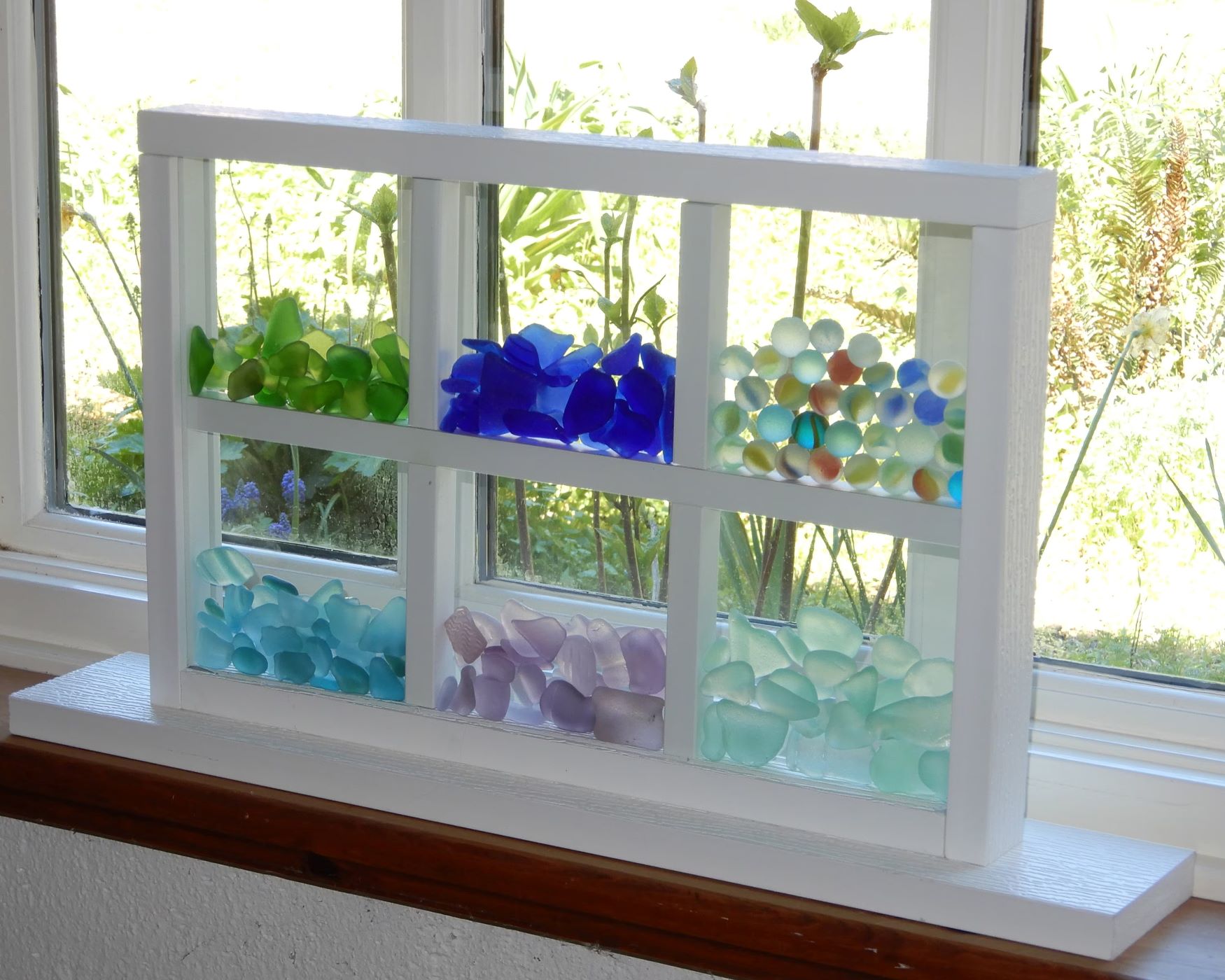
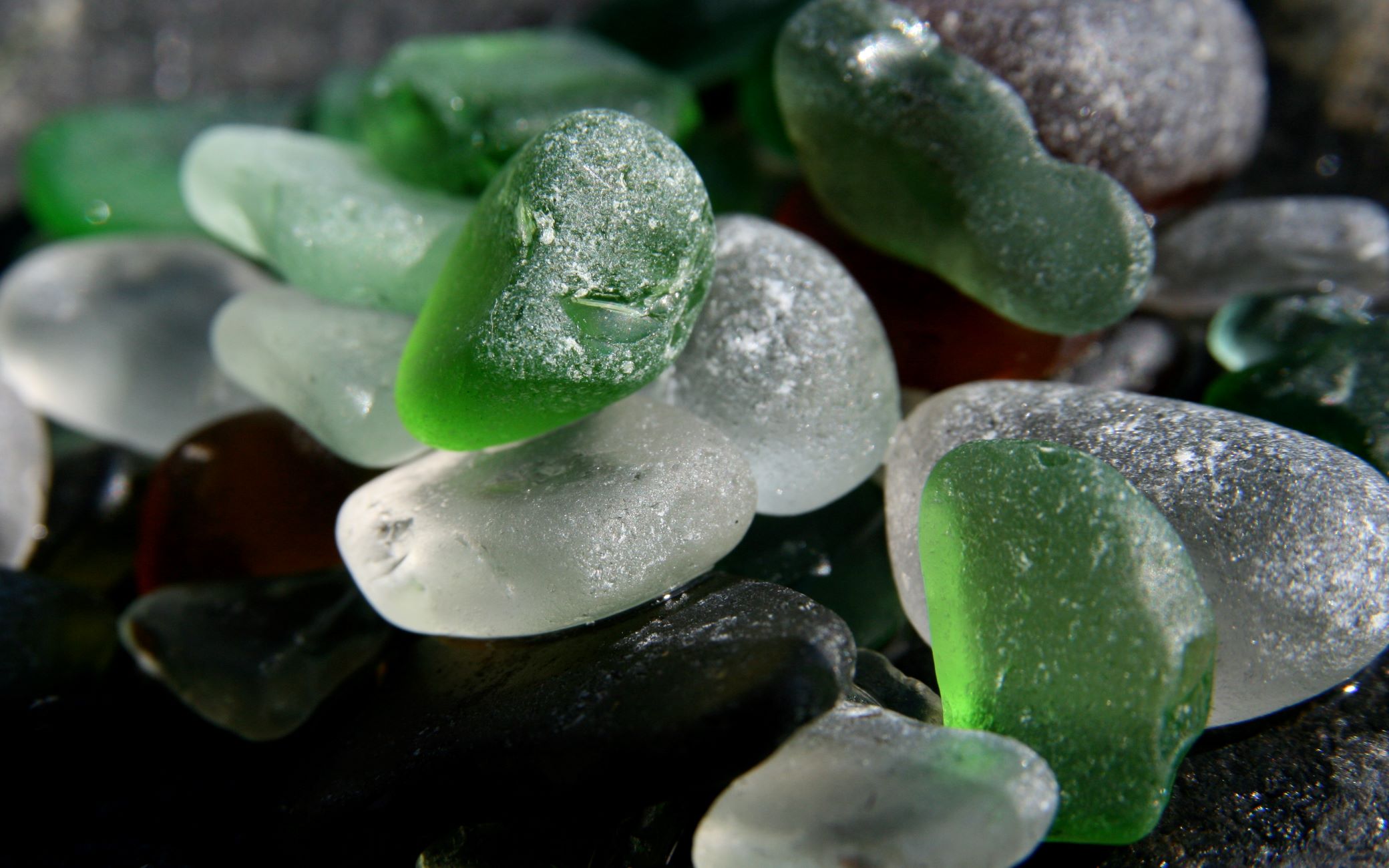
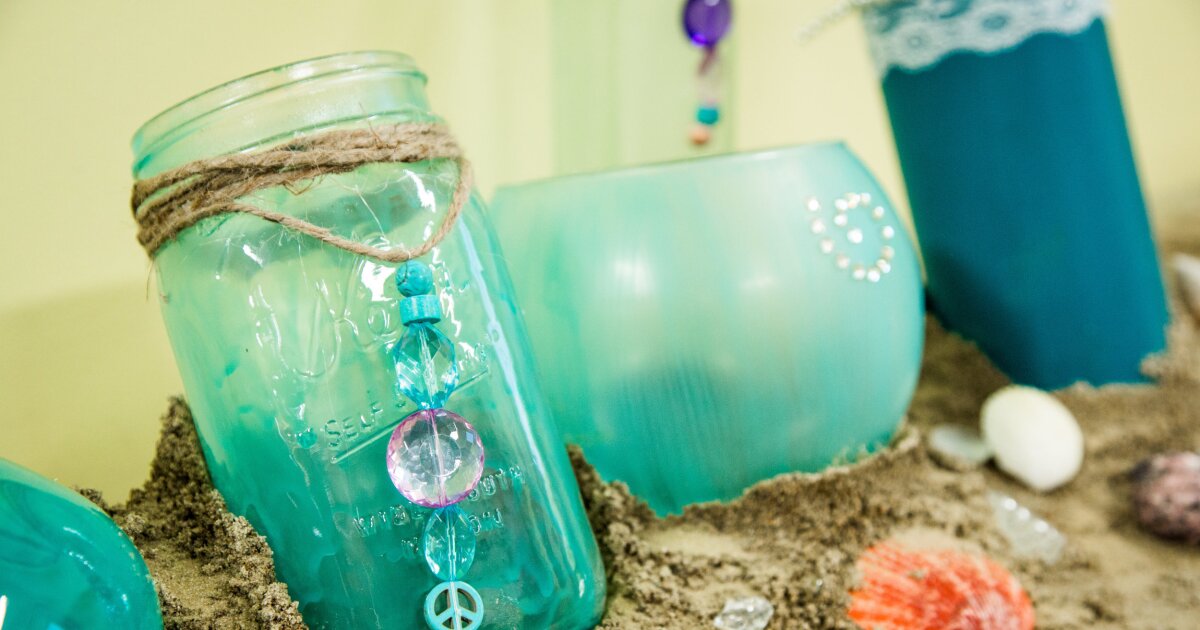
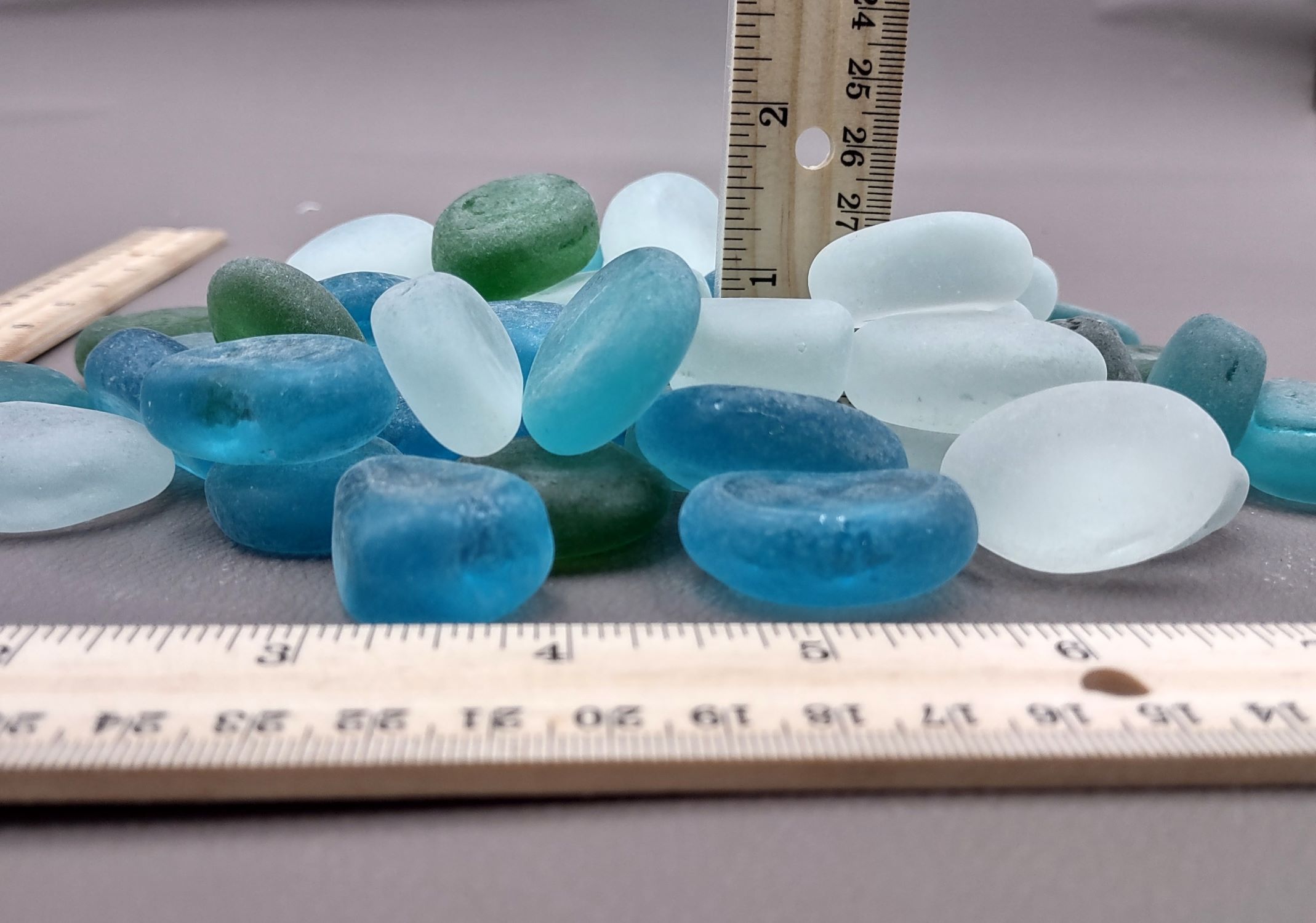
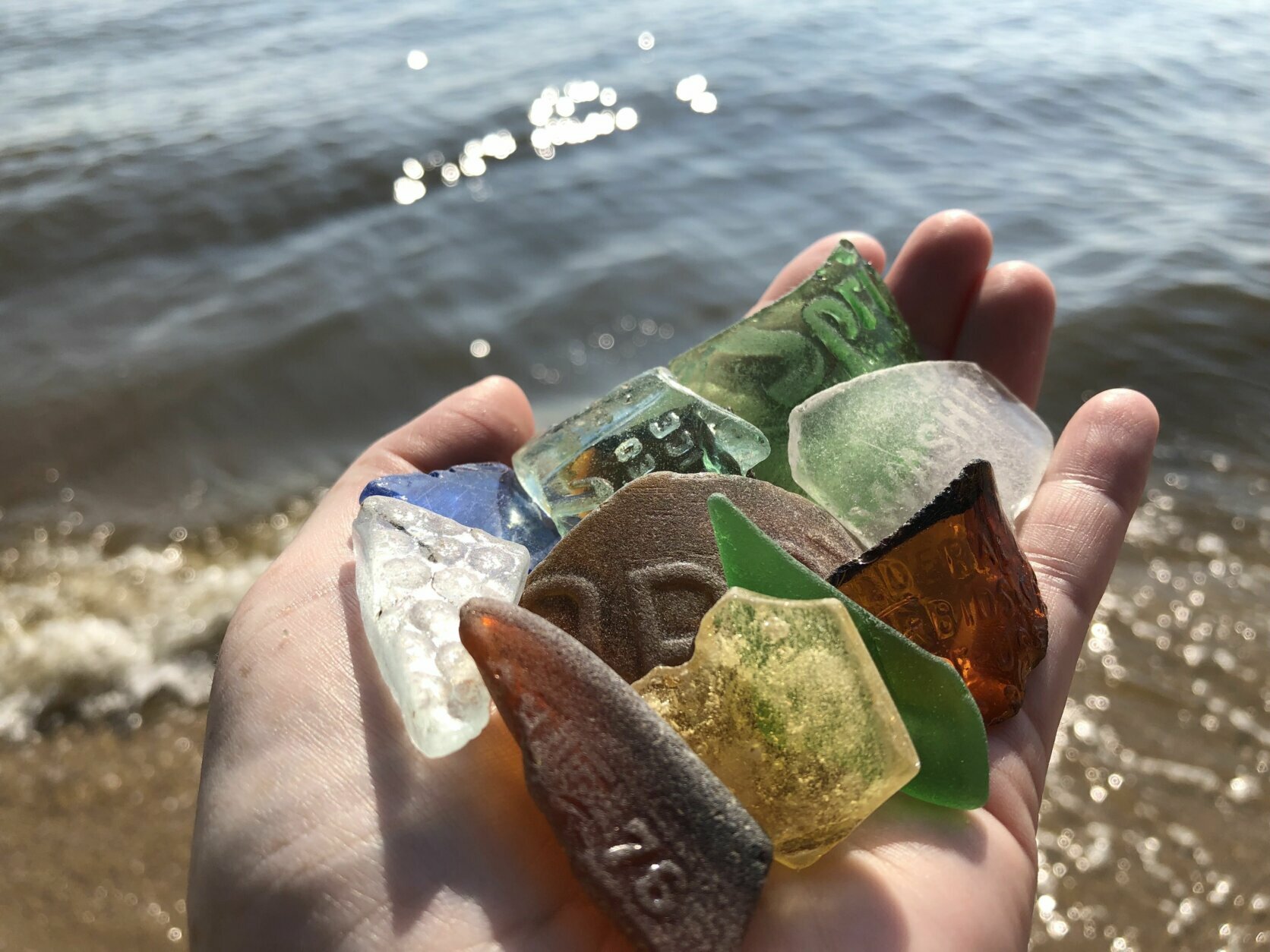
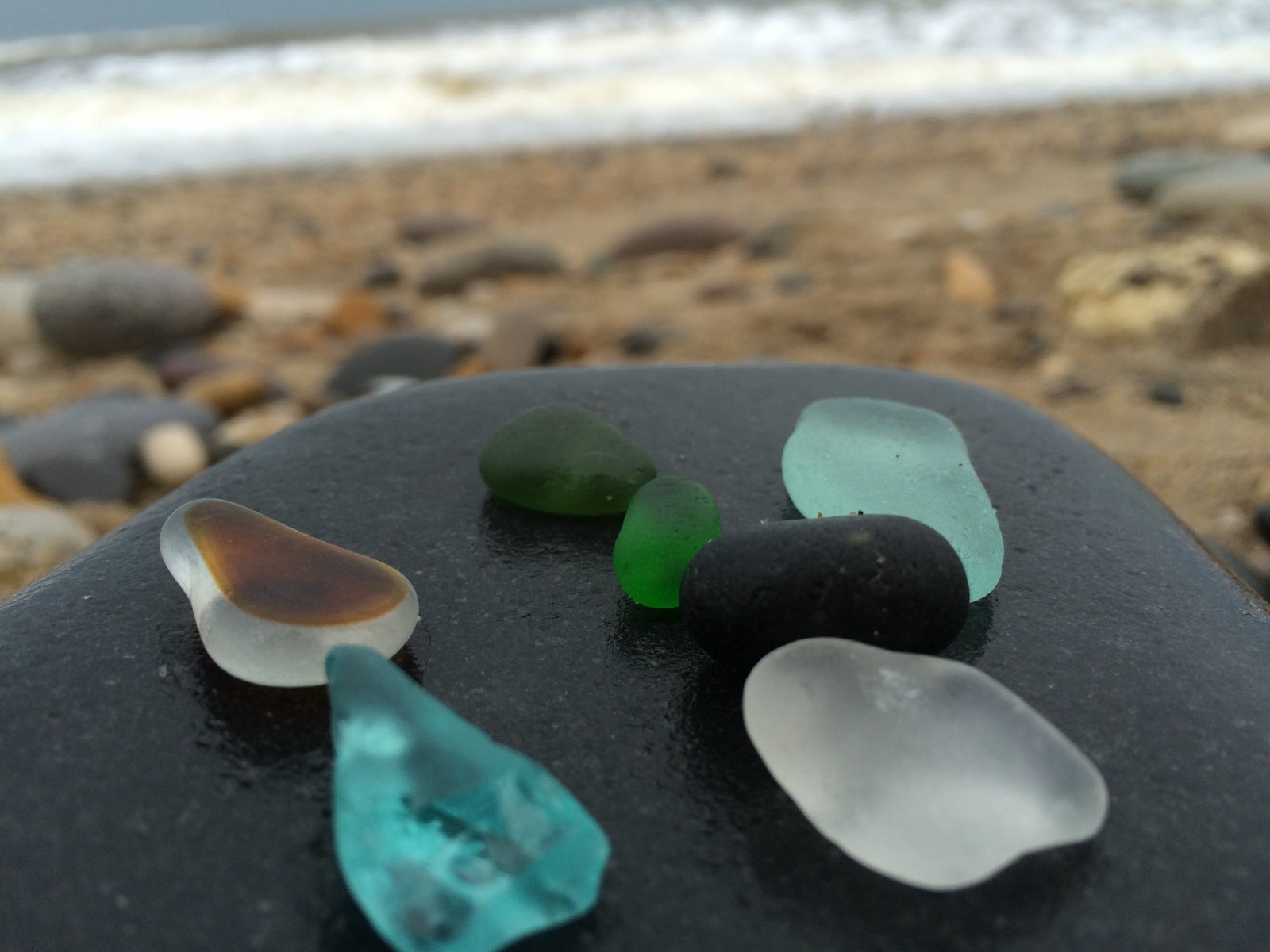

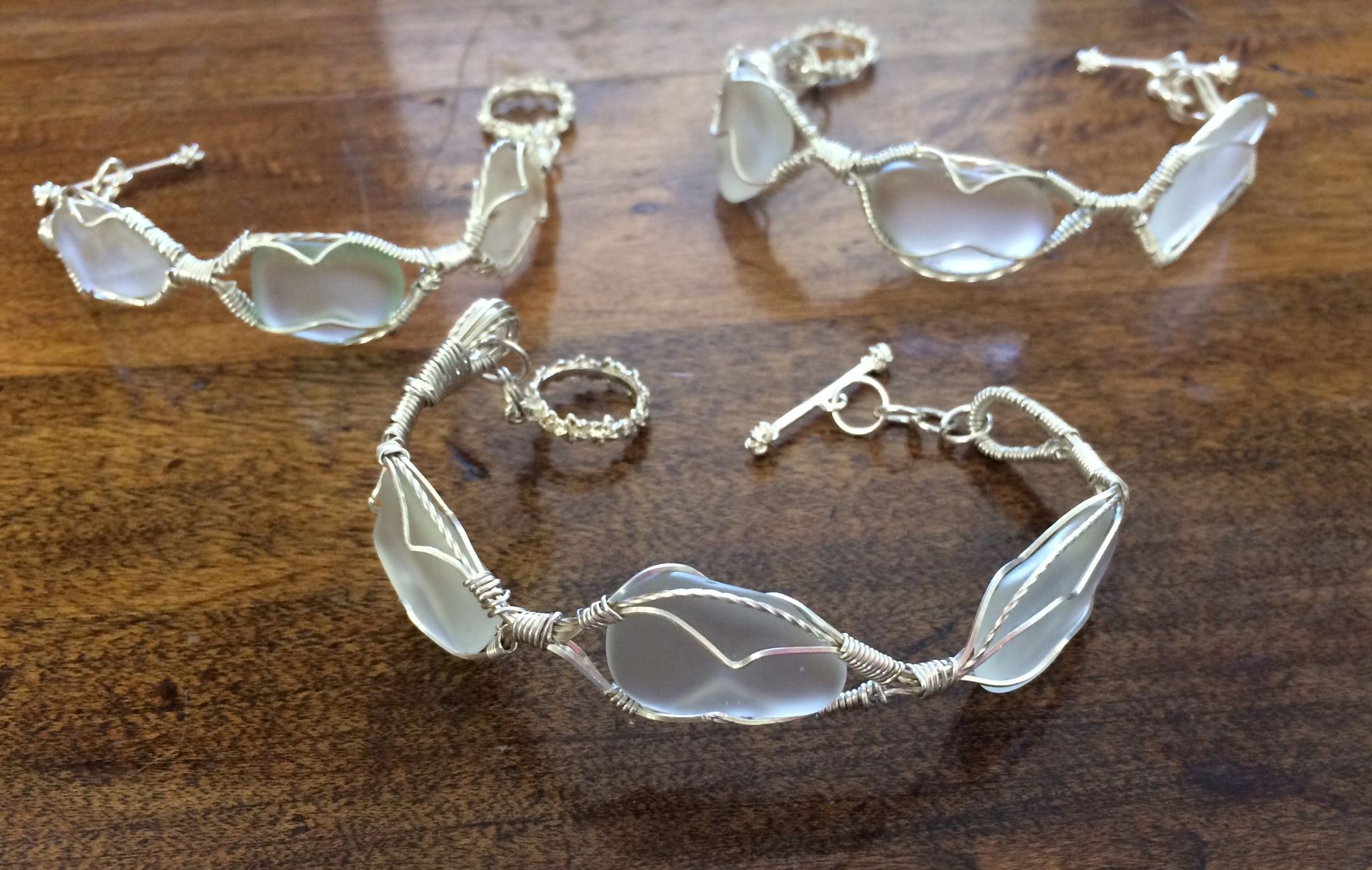
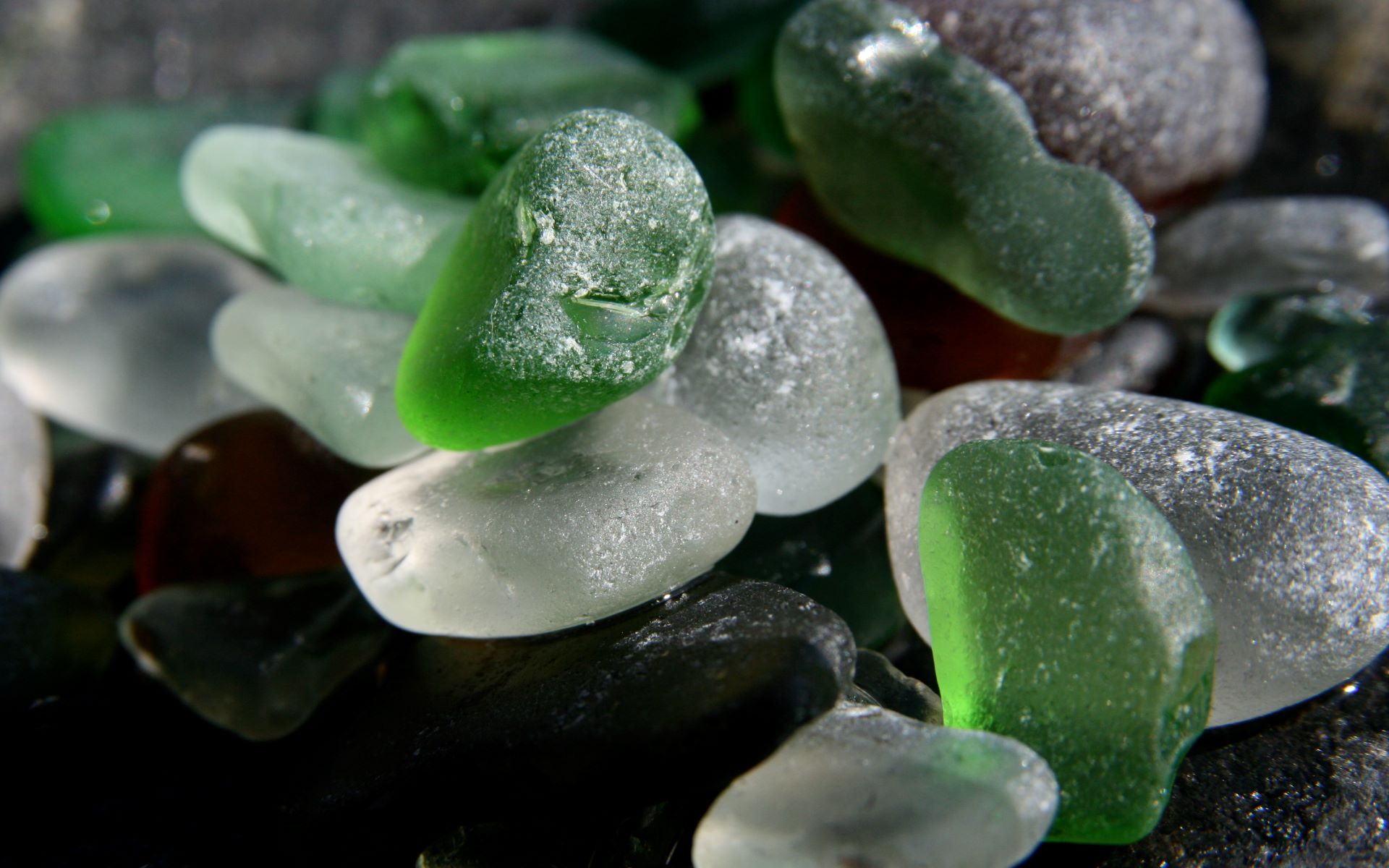


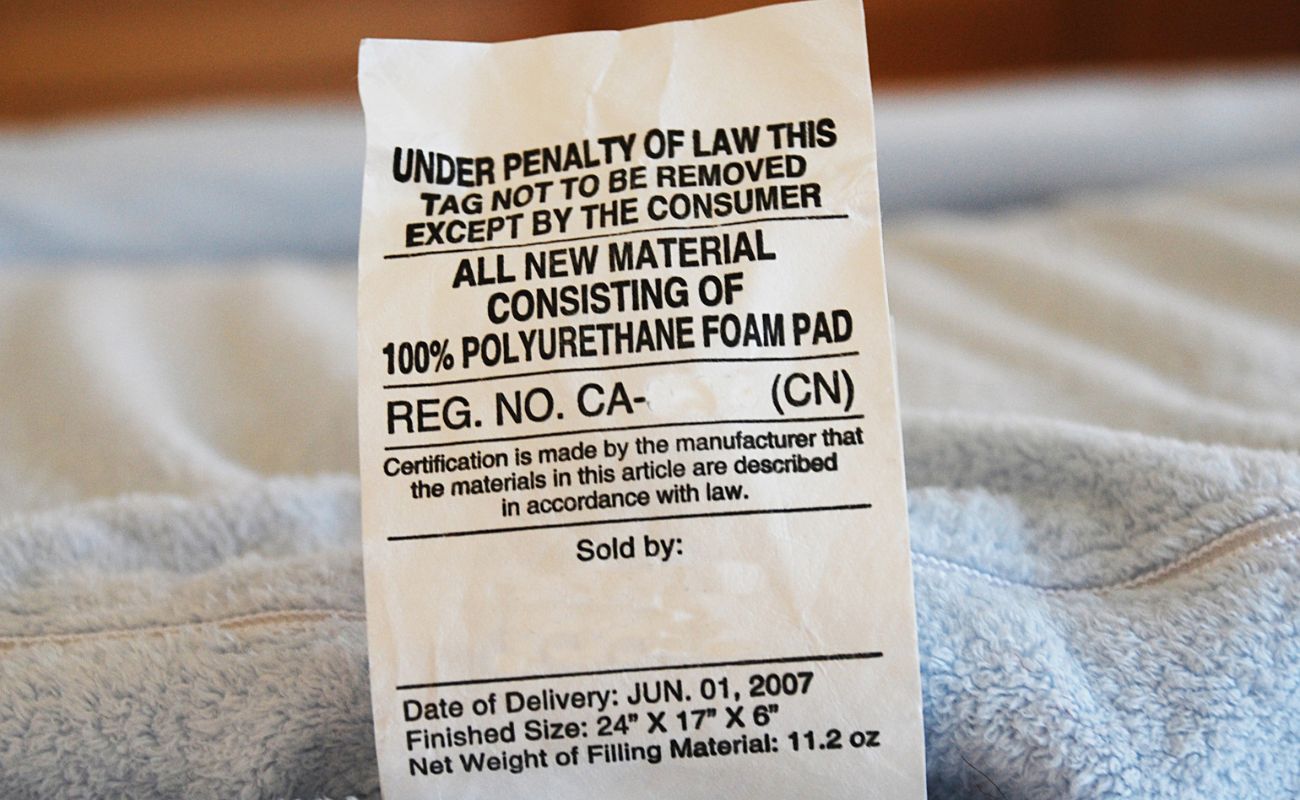
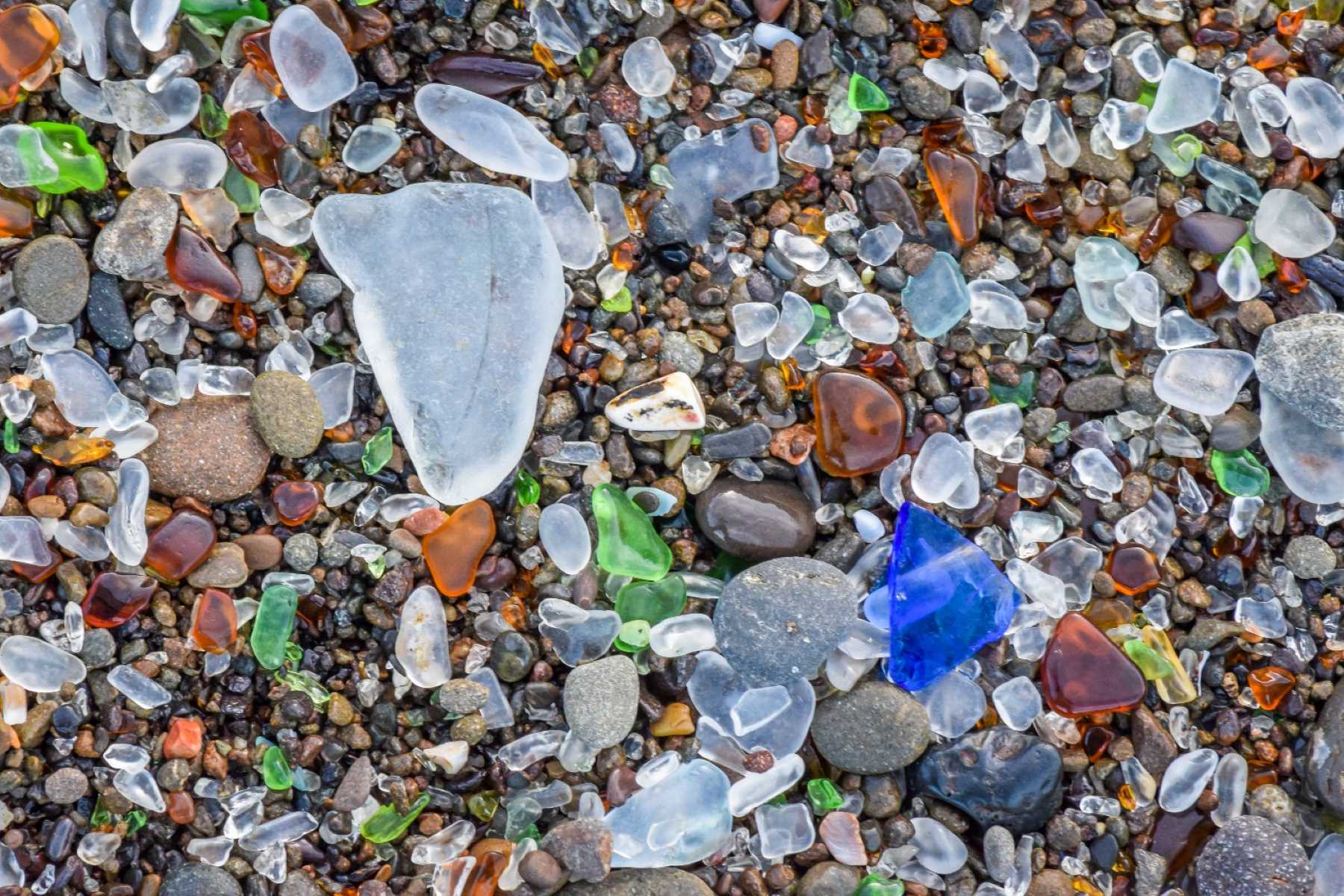

0 thoughts on “Why Is The Collection Of Sea Glass Illegal”